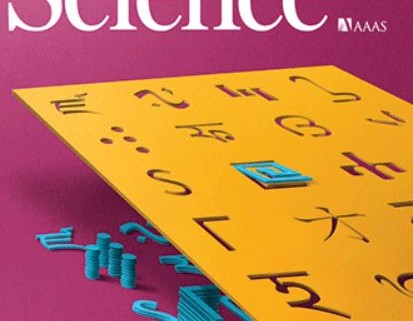A proof of the importance of the human-in-the-loop
Again machine learning made it to the title page of Science: A nice further proof for the importance of the human-in-the-loop by a paper of
Lake, B. M., Salakhutdinov, R. & Tenenbaum, J. B. 2015. Human-level concept learning through probabilistic program induction. Science, 350, (6266), 1332-1338.
Whilst humans can learn new concepts often from a very few examples, automated machine learning (aML) methods ususally need many examples (often called: big data) to perform with similar accuracy (and with the danger of modelling artefacts, e.g. through overfitting). The authors present a computational model which captures these human learning abilities for a large class of simple visual concepts: handwritten characters from the world’s alphabets. The model represents concepts as simple programs that best explain observed examples under a Bayesian criterion. Very interesting is the fact that on a challenging one-shot classification task, this model achieves human-level performance and outperforms recent deep learning approaches!
The authors also present several “visual Turing tests” probing the model’s creative generalization abilities, which in many cases are indistinguishable from human behavior – a must read at: https://www.sciencemag.org/content/350/6266/1332.full




